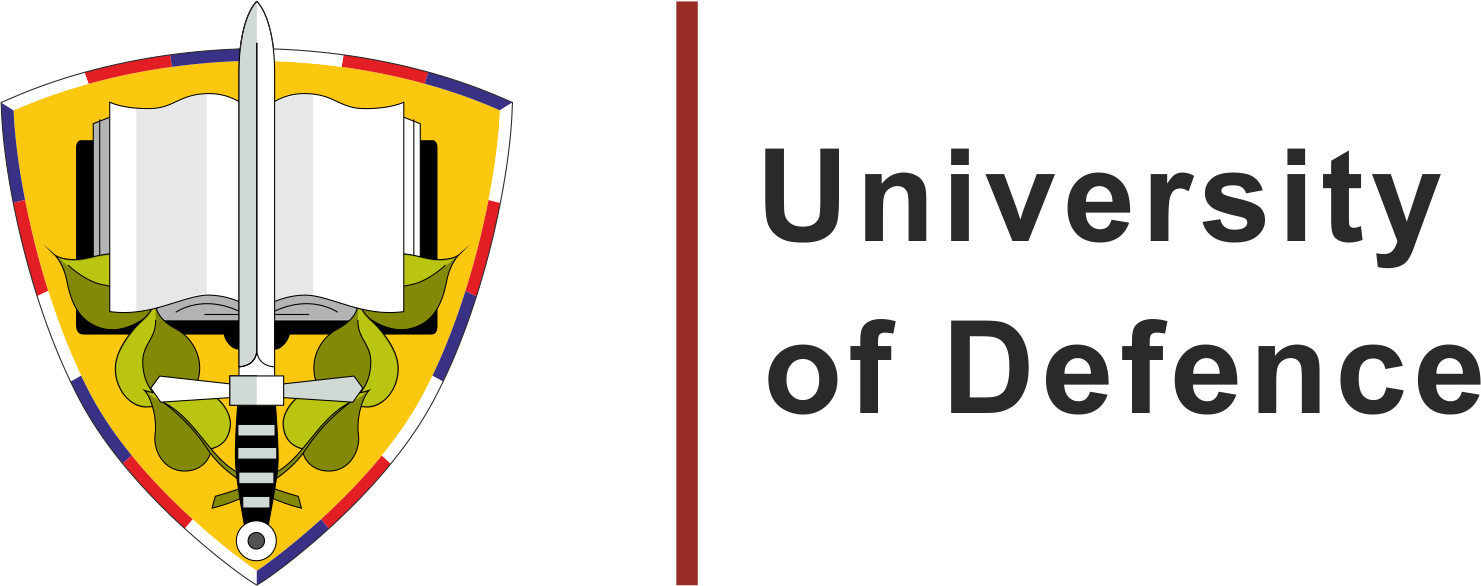Human Factors Approach to Cybersecurity Teamwork – The Military Perspective
DOI:
https://doi.org/10.3849/aimt.01296Keywords:
capacity building, CERT, CSIRT, cyber command, cybersecurity, cyber training, incident managementAbstract
Successful national cyber defence requires talented experts who can work together in teams. In military organizations, there has been a long history of methods defining how talents and teams can be developed. Drills and practices can serve as a unique opportunity for setting up successful groups to protect military IT systems even in the most hostile environment, however the cyberspace might be different from the physical space from the human perspective. In this paper, we introduce some ways of how cybersecurity incidents are managed in the military environment; in addition, we describe the main requirements towards humans in milCERTs and how these requirements differentiate from civilian CERTs. Further on, we highlight the institutional background of Hungary’s cybersecurity training, specifically underlining the role of National University of Public Service in it, which is responsible for the education of all public servants, including cadets. The paper also focuses on the major challenges and some suggestions from Academia how to respond to them by building successful teams for the protection of national cyberspace.
References
KOVÁCS, L. The National University of Public Service and the Training System of Faculty of Military Science and Officer Training. In: KULCZYCKI, M. (ed.) Better Cooperation for Better Operation of the Future Visegrad EU Battle Group. Wrocław: CHROMA Drukarnia, 2013. p. 21-34. ISBN 978-83-61315-68-1.
SHEA, J. How Is NATO Meeting the Challenge of Cyberspace? PRISM, 2017, vol. 7, no. 2, p. 18-29. ISSN 2157-0663.
DESHPANDE, S. Security Operations Centers and Their Role in Cybersecurity. [online] October 2017. [cited 2019-02-16]. Available from: https://www.gartner.com/en/newsroom/press-releases/2017-10-12-security-operations-centersand-their-role-in-cybersecurity.
MUNIZ, J., MCINTYRE, G. and ALFARDAN, N. Security Operations Center: Building, Operating, and Maintaining Your SOC. Indianapolis: Cisco Press, 2015. 448 p. ISBN 978-0-13-405201-4.
HÁMORNIK B.P. and KRASZNAY, C. Prerequisites of Virtual Teamwork in Security Operations Centers: Knowledge, Skills, Abilities and Other Characteristics. Academic and Applied Research in Military and Public Management Science, 2017, vol. 16, no. 3, p. 73-92. ISSN 1788-0017.
KASKINA B., TAURINS E. and DUFKOVA, A. CSIRT Capabilities – How to Assess Maturity? Guidelines for National and Governmental Csirts. Heraklion: European Union Agency for Network and Information Security (ENISA), 2015, 59 p. ISBN 978-92-9204-164-9.
STEINKE, J., BOLUNMEZ, B., FLETCHER, L., WANG, V., TOMASSETTI, A.J., REPCHICK, K.M., ZACCARO, S.J., DALAL, R.S. and TETRICK L.E. Improving Cybersecurity Incident Response Team Effectiveness Using Teams-Based Research. IEEE Security & Privacy, 2015, vol. 13, no. 4, p. 20-29. https://doi.org/10.1109/MSP.2015.71.
CONTI, G. and RAYMOND, D. Leadership of Cyber Warriors: Enduring Principles and New Directions. [online] July 2011. [cited 2019-02-16]. Available from: http://smallwarsjournal.com/blog/journal/docs-temp/811-contiraymond.pdf.
NEVES, P.J.B. das. Ability to Respond to Information Security Incidents in Cyberspace: an Approach (in Portuguese). DOTMLPI-I Lisbon: Técnico Lisboa, 2016. 123 p.
SHEA, J. Stepping Up Its Game in Cyber Defence. Cyber Security: A Peer‐Reviewed Journal, 2017, vol. 1, no. 2, p. 165-174. ISSN 2398-5100.
BELASOVS, A. CERT Operational Gaps and Overlaps. [online] Heraklion: European Union Agency for Network and Information Security (ENISA), 2011. 73 p. [cited 2019-02-16]. Available from: https://www.enisa.europa.eu/publications/operational-gaps-overlaps.
TIKK-RINGAS, E., KERTTUNEN, M. and SPIRITO, C. Cyber Security as a Field of Military Education and Study. Joint Force Quarterly, 2014, vol. 75, no. 4, p. 57-60. ISSN 0030-1299.
SZABÓ, A. Technical Cyber Security Exercises – International Overview (in Hungarian). Hadmérnök, 2018, vol. 13, no. 1, p. 286-301. ISSN 1788-1919.
Downloads
Published
License
Copyright (c) 2019 Advances in Military Technology

This work is licensed under a Creative Commons Attribution-NonCommercial 4.0 International License.
Authors who publish with this journal agree to the following terms:
1. Authors retain copyright and grant the journal right of first publication with the work simultaneously licensed under a Creative Commons Attribution License that allows others to share the work with an acknowledgement of the work's authorship and initial publication in this journal.
2. Authors are able to enter into separate, additional contractual arrangements for the non-exclusive distribution of the journal's published version of the work (e.g., post it to an institutional repository or publish it in a book), with an acknowledgement of its initial publication in this journal.
3. Authors are permitted and encouraged to post their work online (e.g., in institutional repositories or on their website) prior to and during the submission process, as it can lead to productive exchanges, as well as earlier and greater citation of published work.
Users can use, reuse and build upon the material published in the journal for any purpose, even commercially.






